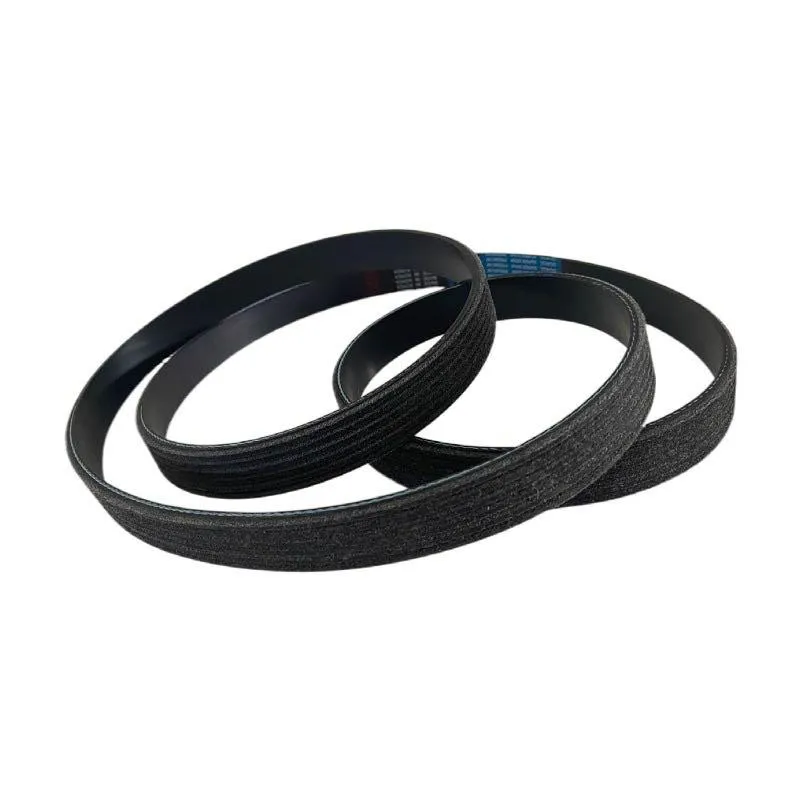- Arabic
- French
- Russian
- Spanish
- Portuguese
- Turkish
- Armenian
- English
- Albanian
- Amharic
- Azerbaijani
- Basque
- Belarusian
- Bengali
- Bosnian
- Bulgarian
- Catalan
- Cebuano
- Corsican
- Croatian
- Czech
- Danish
- Dutch
- Afrikaans
- Esperanto
- Estonian
- Finnish
- Frisian
- Galician
- Georgian
- German
- Greek
- Gujarati
- Haitian Creole
- hausa
- hawaiian
- Hebrew
- Hindi
- Miao
- Hungarian
- Icelandic
- igbo
- Indonesian
- irish
- Italian
- Japanese
- Javanese
- Kannada
- kazakh
- Khmer
- Rwandese
- Korean
- Kurdish
- Kyrgyz
- Lao
- Latin
- Latvian
- Lithuanian
- Luxembourgish
- Macedonian
- Malgashi
- Malay
- Malayalam
- Maltese
- Maori
- Marathi
- Mongolian
- Myanmar
- Nepali
- Norwegian
- Norwegian
- Occitan
- Pashto
- Persian
- Polish
- Punjabi
- Romanian
- Samoan
- Scottish Gaelic
- Serbian
- Sesotho
- Shona
- Sindhi
- Sinhala
- Slovak
- Slovenian
- Somali
- Sundanese
- Swahili
- Swedish
- Tagalog
- Tajik
- Tamil
- Tatar
- Telugu
- Thai
- Turkmen
- Ukrainian
- Urdu
- Uighur
- Uzbek
- Vietnamese
- Welsh
- Bantu
- Yiddish
- Yoruba
- Zulu
నవం . 09, 2024 00:52 Back to list
Understanding Car Serpentine Belts and Their Importance in Vehicle Performance
Understanding the Importance of the Serpentine Belt in Your Car
The serpentine belt is an essential component in modern vehicles, playing a crucial role in the operation of various engine accessories. Unlike older cars that often have multiple belts for different components, the serpentine belt is a single, continuous loop that drives several devices. Understanding the function and maintenance of the serpentine belt can help car owners ensure their vehicle runs smoothly and efficiently.
What is a Serpentine Belt?
The serpentine belt is made from durable rubber and is designed to drive multiple peripheral devices in an internal combustion engine. These devices typically include the alternator, power steering pump, water pump, and air conditioning compressor. The belt wraps around multiple pulleys on the engine and is tensioned using a tensioner pulley, which ensures that it maintains the right amount of pressure against these components for optimal performance.
The Function of the Serpentine Belt
The primary function of the serpentine belt is to transfer rotational energy from the engine’s crankshaft to the various accessories it powers. For instance, when the engine is running, the crankshaft spins the serpentine belt, which in turn powers the alternator to generate electricity, the power steering pump for ease of steering, and the water pump for coolant circulation. Without a functioning serpentine belt, these systems would not operate effectively, leading to potential engine overheating, loss of power steering, or a dead battery.
Signs of a Worn Serpentine Belt
Due to its exposure to heat, oil, and other contaminants, the serpentine belt can wear over time. Common signs indicating that your serpentine belt may need replacement include
car serpentine belt

1. Cracks or Fraying Inspect the belt visually for any signs of wear, including cracks on the surface or frayed edges. 2. Squeaking or Chirping Noises A worn or loose belt can create noise. If you hear a squeaking sound when you start the engine, it may signal that the belt is in need of replacement. 3. Loss of Power Steering or Electrical Issues If the serpentine belt fails, you may experience difficulty steering the vehicle or notice that electrical components are not functioning properly.
4. Melting or Shredding If the belt appears to be excessively worn, melted, or shredded, it should be replaced immediately.
Maintenance and Replacement
To ensure the longevity of your serpentine belt, it’s essential to have regular inspections as part of routine vehicle maintenance. Most mechanics recommend checking the belt every 30,000 to 50,000 miles, although some higher-quality belts may last longer. When replacing a serpentine belt, it’s crucial to use a high-quality replacement that matches the specifications for your vehicle.
Replacing a serpentine belt is generally straightforward, but if you are not comfortable handling this task yourself, it’s wise to consult a professional mechanic. They can ensure that the belt is installed correctly and that all connected components are functioning optimally.
Conclusion
The serpentine belt may be a small component in your vehicle, but it plays a massive role in the overall performance and reliability of your car. Understanding its functions, signs of wear, and the importance of regular maintenance can help car owners avoid breakdowns and keep their vehicles running smoothly. By taking care of your serpentine belt, you ensure that your vehicle is ready for the road, providing both safety and peace of mind.
-
Korean Auto Parts Timing Belt 24312-37500 For Hyundai/Kia
NewsMar.07,2025
-
7PK2300 90916-T2024 RIBBED BELT POLY V BELT PK BELT
NewsMar.07,2025
-
Chinese Auto Belt Factory 310-2M-22 For BMW/Mercedes-Benz
NewsMar.07,2025
-
Chinese Auto Belt Factory 310-2M-22 For BMW/Mercedes-Benz
NewsMar.07,2025
-
90916-02660 PK Belt 6PK1680 For Toyota
NewsMar.07,2025
-
drive belt serpentine belt
NewsMar.07,2025

